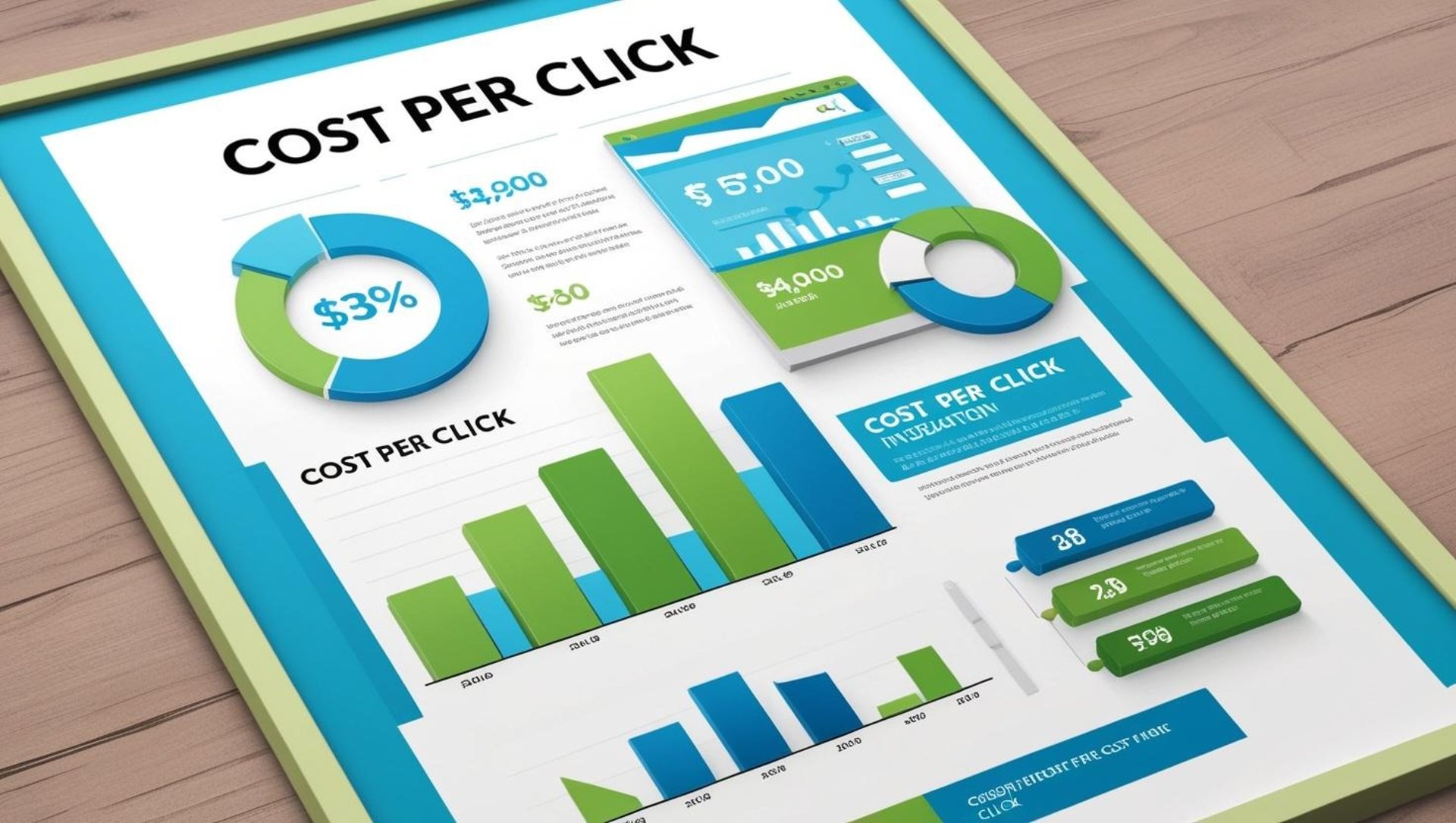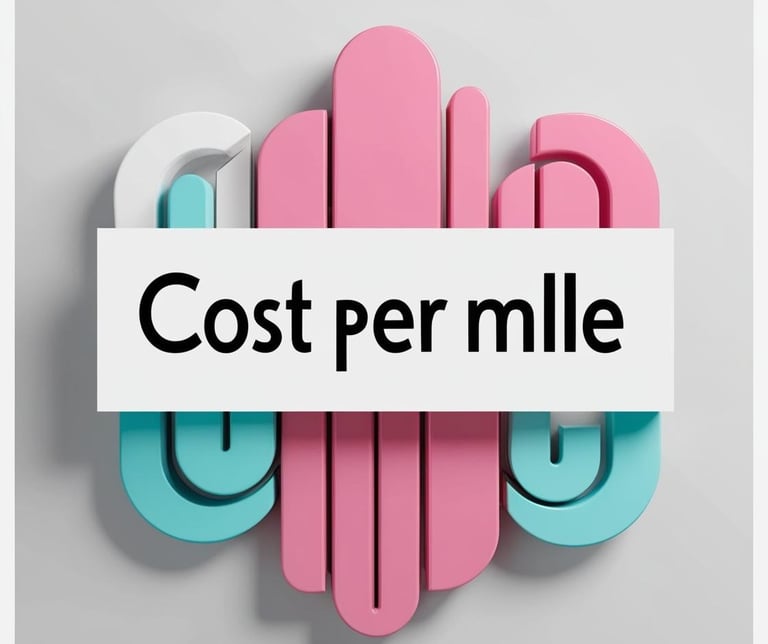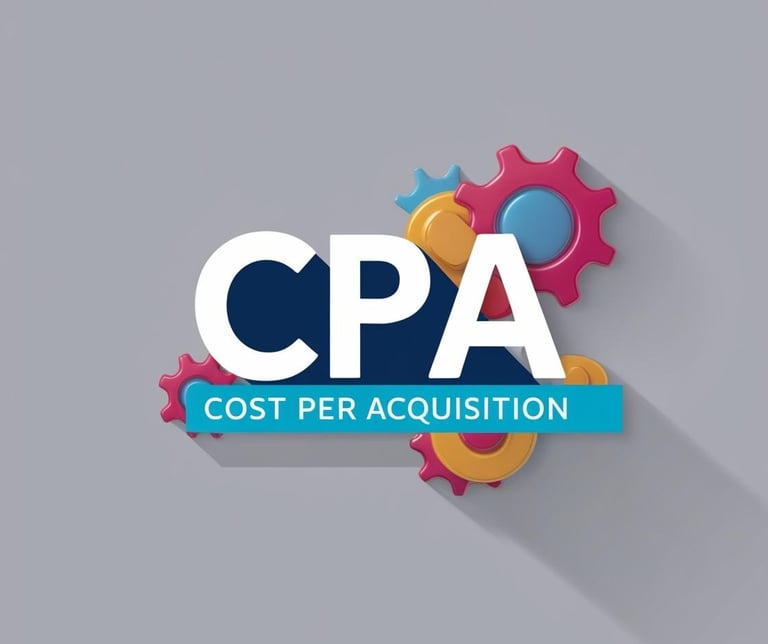
Understanding the Differences: CPM, CPC, and CPA in Digital Marketing
Each model serves different purposes and can significantly impact a campaign's performance and cost-effectiveness.
2/7/20252 min read


In today's digital landscape, paid advertising has become an essential component of effective marketing strategies. With the ability to reach vast audiences in a highly targeted manner, businesses can amplify their brand awareness, drive traffic, and generate conversions. Paid ads offer a means to stand out in a crowded marketplace, allowing companies to showcase their products or services to potential customers actively seeking what they offer. However, navigating the world of paid advertising requires a clear understanding of various pricing models.
Three of the most common models are CPM, CPC, and CPA. Each has its unique attributes and is suited for different advertising goals. If you're new to these terms, don't worry—this blog will break down what each acronym stands for, how they work, and when to use them.
CPM: Cost Per Mille
Cost Per Mille (CPM), sometimes referred to as Cost Per Thousand (since "mille" is Latin for "thousand"), is a pricing model where advertisers pay for every 1,000 impressions of their ad. An "impression" is counted each time an ad is displayed, regardless of whether or not the viewer interacts with it.
When to Use CPM
Brand Awareness: CPM is ideal for campaigns focused on increasing brand visibility and reaching a broad audience.
Large Audiences: If your goal is to reach a large number of people quickly, CPM can be cost-effective.
Pros and Cons of CPM
Pros: Predictable costs, useful for widespread visibility.
Cons: No guarantee of engagement or conversion, as payment is tied to impressions, not actions.


CPC: Cost Per Click
Cost Per Click (CPC) is a model where advertisers pay each time a user clicks on their ad. This method is performance-based, meaning you only pay for actual engagement with your ad.
When to Use CPC
Direct Response Campaigns: CPC is excellent for campaigns where the goal is to drive traffic to a website or landing page.
Budget Control: Useful if you want to ensure spending is directly tied to action rather than views.
Pros and Cons of CPC
Pros: You only pay for clicks, which indicates interest; better for driving traffic.
Cons: Clicks do not guarantee conversions; can be costly if not managed properly.


CPA: Cost Per Acquisition
Cost Per Acquisition (CPA), also known as Cost Per Action, is a pricing model where advertisers pay only when a specified action is completed. This could be a sale, sign-up, download, or any other predetermined outcome.
When to Use CPA
Sales-Oriented Campaigns: Ideal for campaigns where the goal is a specific conversion, such as a purchase or sign-up.
Risk Management: Advertisers only pay when the desired action is completed, making it low-risk for those focused on ROI.
Pros and Cons of CPA
Pros: Highly efficient for achieving specific outcomes; payment is directly tied to success.
Cons: Often higher costs per action; requires precise tracking and can be challenging to optimize.
Conclusion
Choosing the right pricing model for your digital marketing campaign depends on your specific goals. CPM is perfect for brand visibility, CPC excels in driving traffic and engagement, and CPA is the go-to for conversion-focused efforts. By understanding these models, you can make informed decisions that align with your marketing objectives, ensuring you get the best return on investment.

Subscribe to our newsletter
Address
505-6300 avenue Auteuil,Brossard, Qc J4Z 3P2
